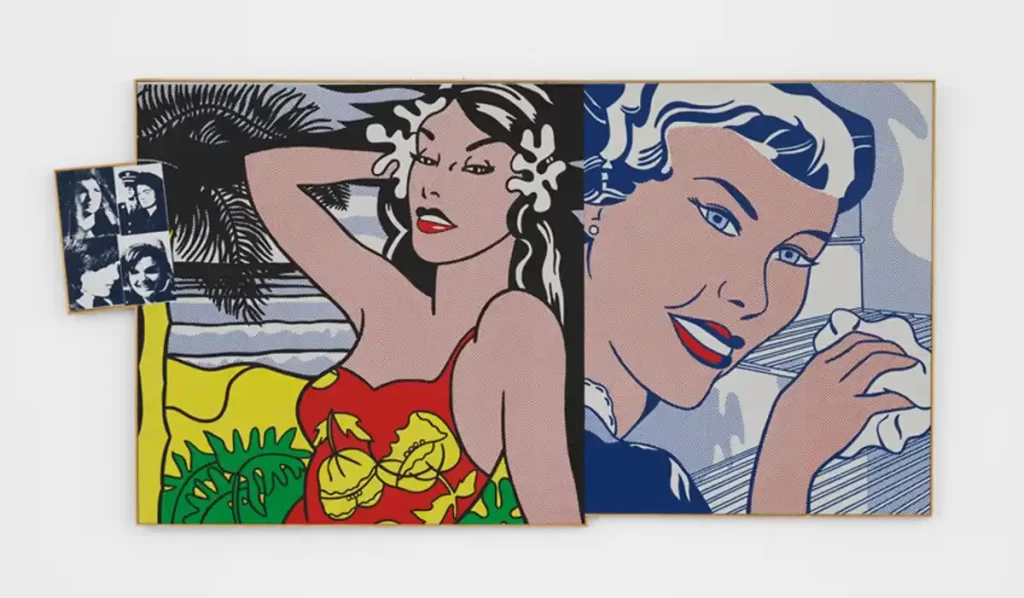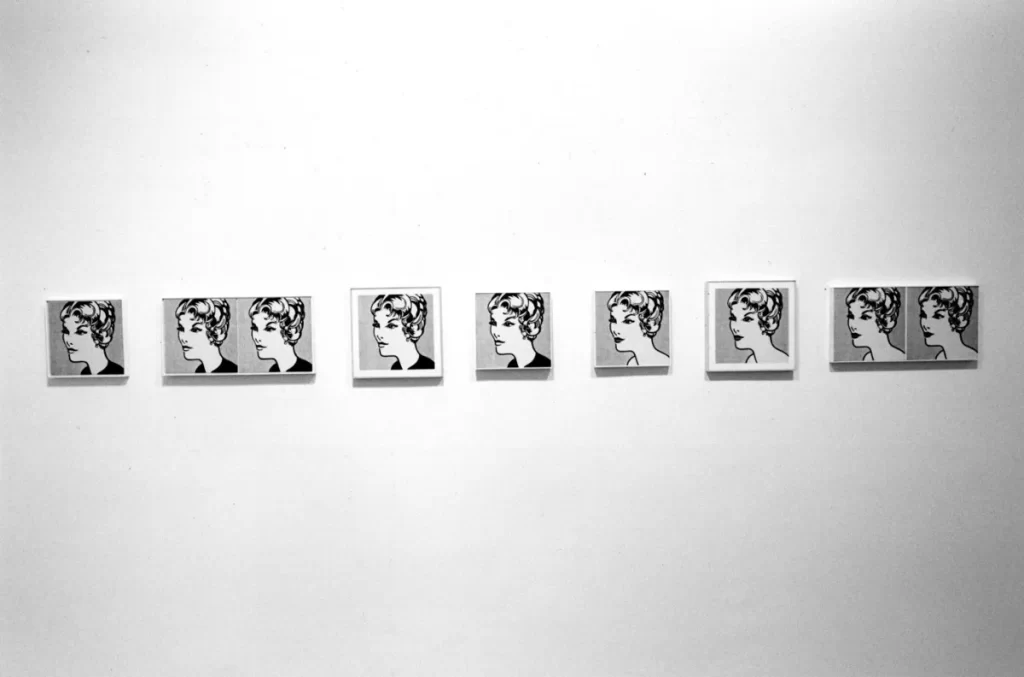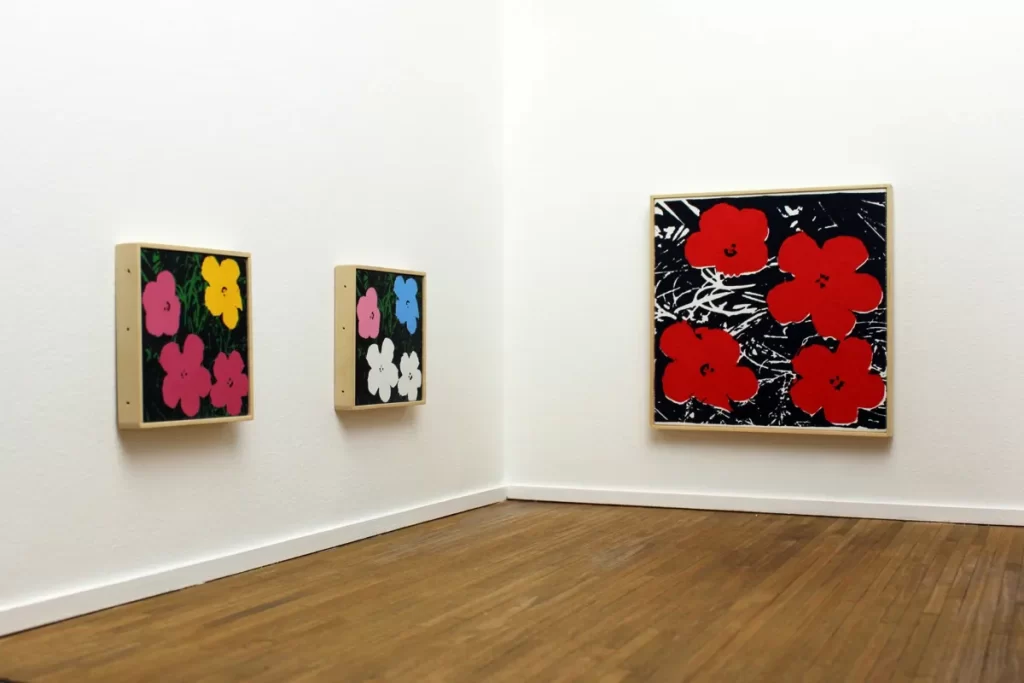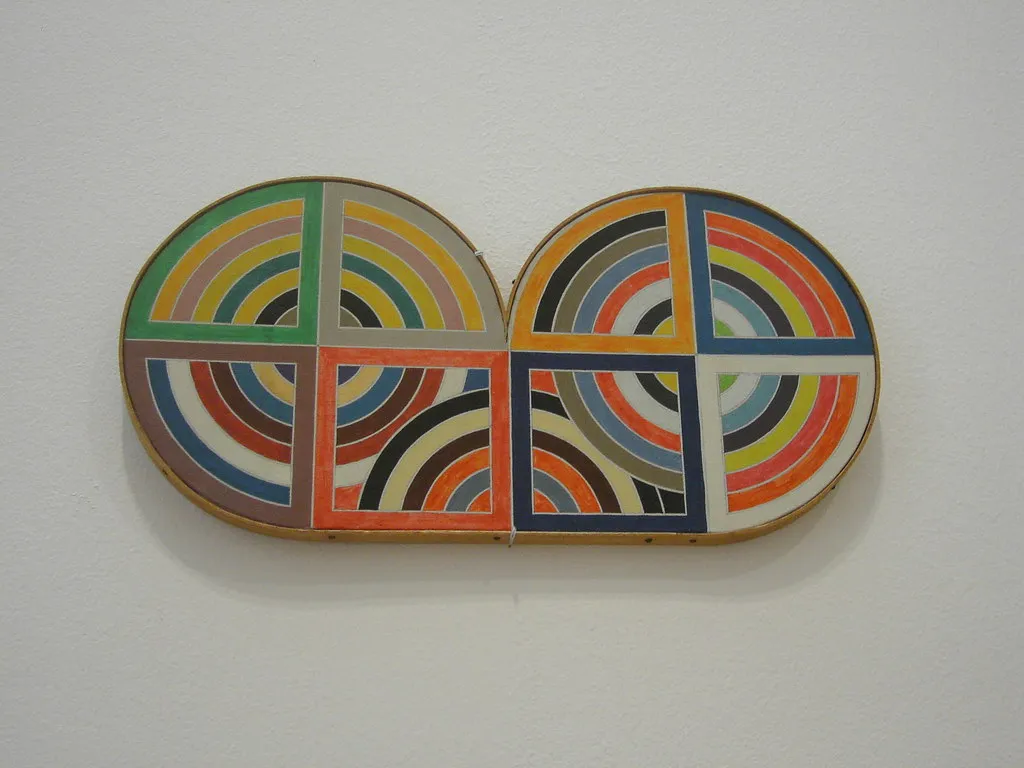Artist Richard Pettibone Biography
Richard Pettibone is synonymous with the innovative and influential art movement known as appropriation art. As an artist, Pettibone has garnered critical acclaim for his meticulous works that often replicate, reinterpret, and reframe iconic works of art from the likes of Andy Warhol, Frank Stella, and other masters of Pop Art.

He would often replicate their works as small-scale miniatures and prints, Pettibone has made a lasting impact on the art world, particularly in the realms of Pop Art, modern art, and even the art market itself. In this article, we will dive into the life and career of Richard Pettibone, and his unique artworks, and explore his place in both the contemporary art scene and auction houses.
Richard Pettibone Art Style
Born on January 5th 1938, Richard Pettibone’s Appropriation art involves the reuse of existing images or objects, transforming them into smaller versions of themselves. He diminishes the scale without compromising on the artwork’s integrity. His first foray with appropriation came when his teacher accused him of tracing the ‘Wonder Bread’ wrapper.

Pettibone’s work exemplifies this practice, particularly through his reinterpretations of famous pieces by Warhol, Lichtenstein, and Frank Stella. Richard Pettibone Warhol pieces are especially notable, with Pettibone creating miniatures of Warhol’s Brillo Box and Campbell’s Soup Can sculptures.
Through this re-contextualizing, Richard Pettibone’s artworks invited viewers to reconsider the meaning of appropriation, originality, and authorship in art. By juxtaposing Warhol’s soup cans and Lichtenstein’s female figures, he has inevitably embossed his name into pop art. His ability to elevate mass-produced objects and famous paintings into fine art challenges preconceived notions of value, originality, and creativity in a consumer-driven society.

One of his most famous works, the Richard Pettibone Brillo Box, is a miniature replica of Andy Warhol’s iconic sculpture of the same name. This piece captures Pettibone’s ability to not only replicate but also critique Warhol’s method of elevating consumer goods to the level of high art. His last creations were three 5-by-7-inch canvases that he rubber-stamped with dialogue from the movie “Barbie” in red and black ink. Artist Richard Pettibone passed away on August 19 2024, at the age of 86.
The irony was added to Richard Pettibone’s work by his decision to replicate the works of prominent avant-garde artists whose careers frequently revolved around themes of replication themselves. For decades, Pettibone has drawn critical attention to the significant issues his work poses regarding authorship, craftsmanship, and the original in art. His work straddles the boundaries of appropriation, Pop, and Conceptual Art.

Richard Pettibone Paintings and Prints: Precision in Miniature
Richard Pettibone’s paintings and prints remind us of his obsessive attention to detail and his ability to scale down monumental works of art into miniature versions that retain their impact. Whether it’s a reimagining of a Frank Stella painting or a smaller version of a Warhol print, Pettibone’s technique shows a remarkable understanding of both the original work and the potential for transformation.

The Richard Pettibone prints are highly sought after in the art market. His use of colour, composition, and texture creates a visual connection to the Pop Art movement, while his miniature interpretations lend the works an intimacy that larger pieces might not convey. Collectors have long been drawn to these Richard Pettibone paintings and prints, understanding that they are both a homage to famous artworks and a fresh perspective on the originals.
Richard Pettibone Warhol
While drawing Andy Warhol’s soup cans, Richard Pettibone tweaked the colour of the cans. He created the image of a locomotive, a Warholian can of pepper pot soup, and the words “Train Destroys Valuable Art Object” in one 8½ by 6⅜-inch painting using acrylic, oil, and a rubber stamp. He has also appropriated Warhol’s ‘Flowers’

To represent all of the ways that the four flowers in the composition could be painted in different colours (ranging from red to yellow to blue to white), Richard Pettibone arranged the small square that is hand-painted in Andy Warhol’s ‘Flowers, 1965’ (2011), in grids of 16 in some cases and 70 in others.
Richard Pettibone Sculpture and Art Collection
Richard Pettibone later copied sculptures, meticulously creating a life-size replica of Marcel Duchamp’s Bicycle Wheel (French, 1887–1968). He also replicated Constantin Brancusi’s most well-known pieces (Romanian, 1876–1957) in the 1980s. More recently, Pettibone has produced sculptures inspired by Piet Mondrian’s grid compositions. His sculptures, like the Brillo Box mentioned earlier, serve as a commentary on mass production, the consumer market, and the fine art world itself.

Conclusion
For art collectors, owning a Richard Pettibone art collection means having a piece of history. The significance of Pettibone’s work lies in his engagement with the Pop Art movement and his nuanced understanding of both the role of the artist and the viewer’s relationship with art. Richard Pettibone’s sculptures are prized for their ability to transcend traditional artistic boundaries, often straddling the line between object and artwork.
If you’re looking to explore or invest in Richard Pettibone artwork, there are always pieces for sale, whether through private galleries or auction events. From his iconic Brillo Box sculpture to his remarkable Warhol miniatures, Pettibone’s art continues to captivate and challenge audiences worldwide.
Image Courtesy – The New York Times
Contributor






